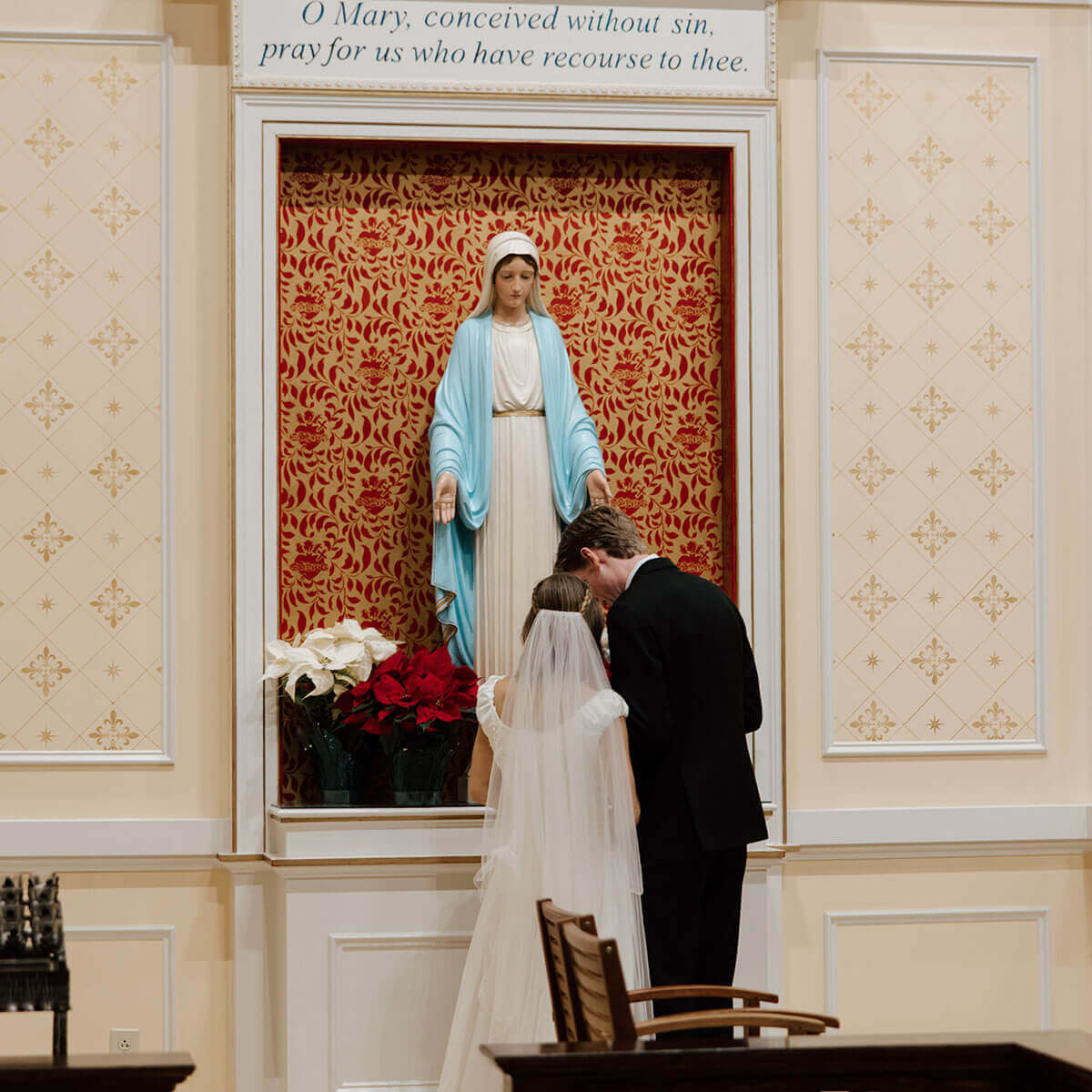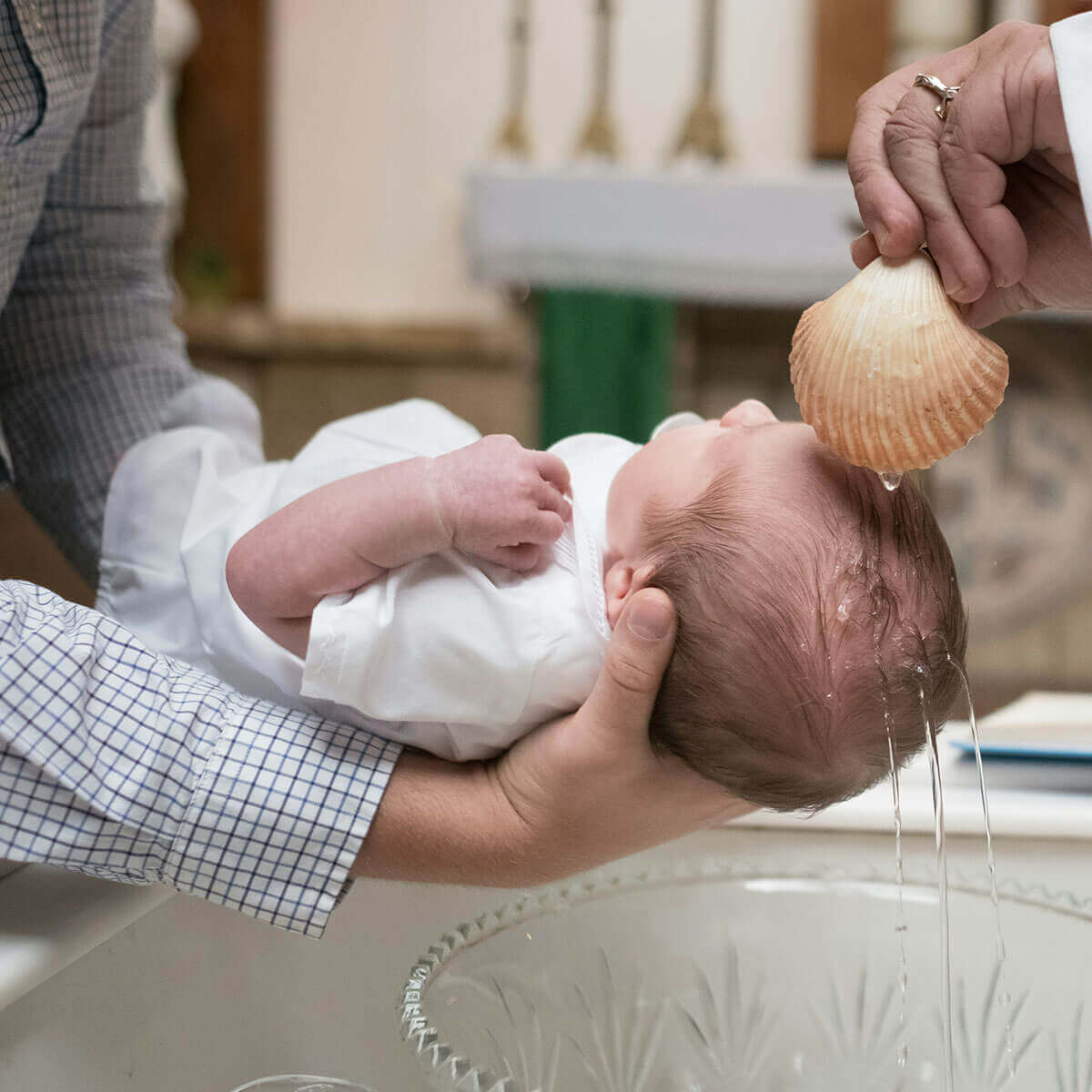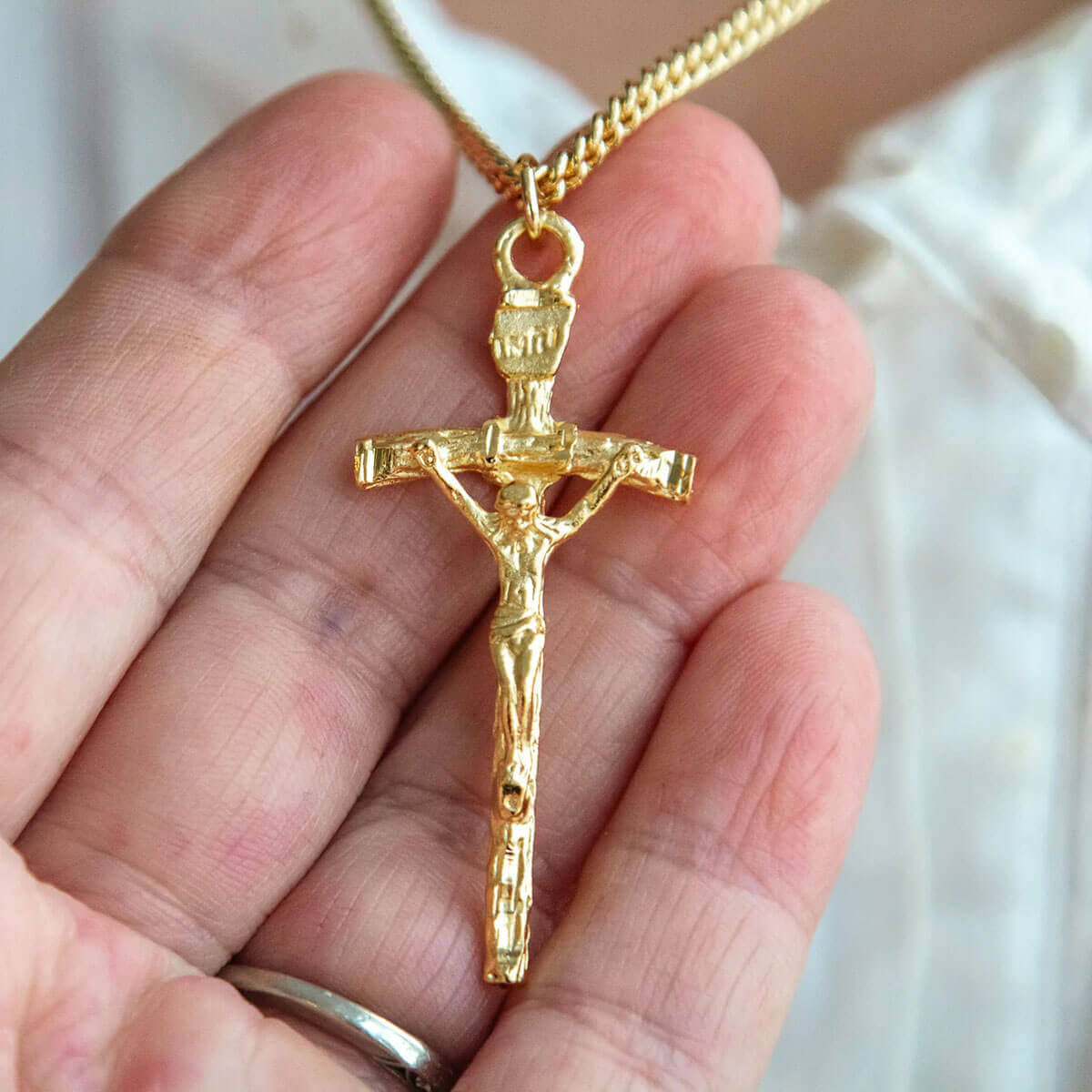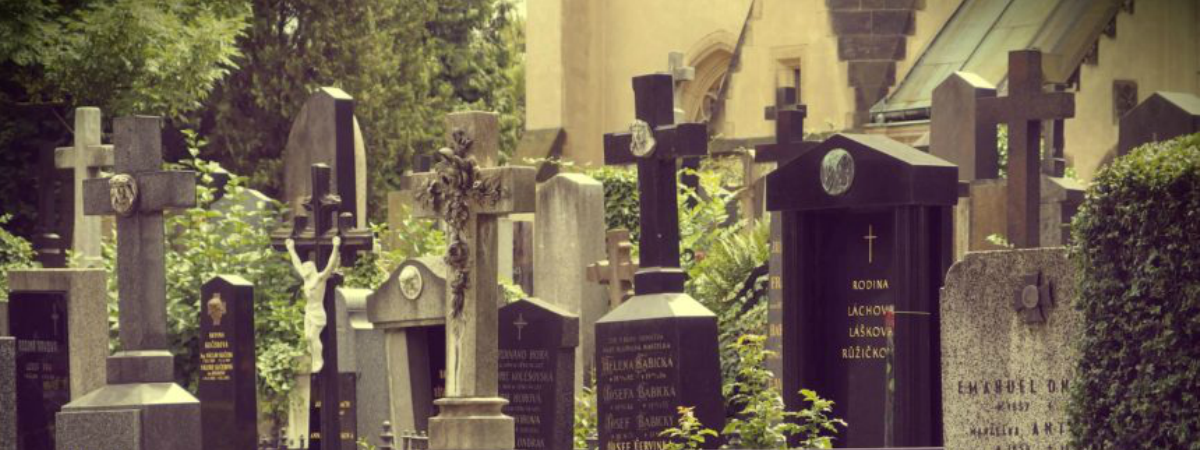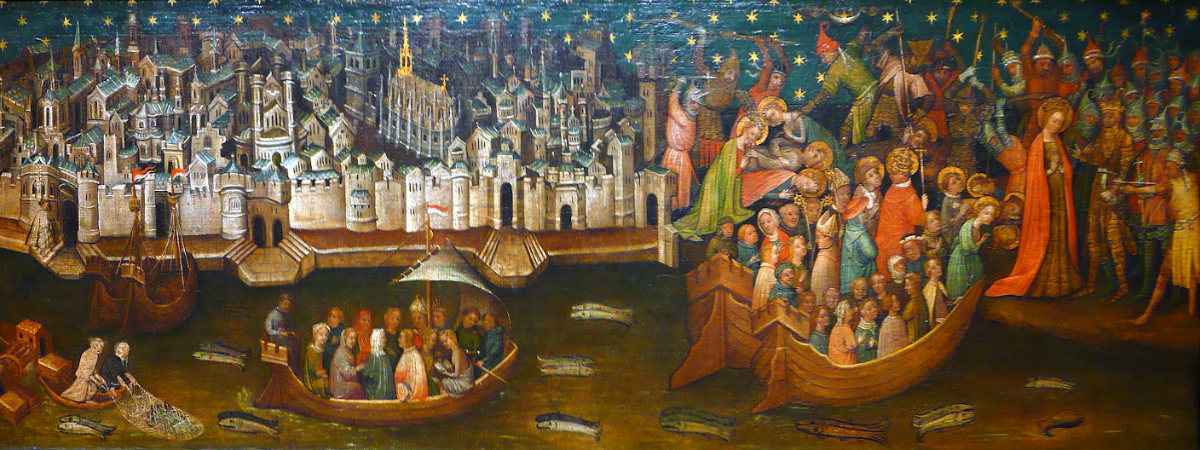-Ad resurgendum cum Christo
On October 25, 2016, the Congregation for the Doctrine of the Faith issued a document entitled Ad resurgendum cum Christo (To Rise with Christ) "regarding the burial of the deceased and the conservation of the ashes in the case of cremation."
The document has become necessary as cremation is increasingly used around the world, along with a rise in beliefs and practices that are contrary to Catholic doctrine on death, burial, and the afterlife.
Nothing has changed in Church teaching, rather, this document is a restatement of previous guidelines due to the widespread mishandling of cremated remains.
The Congregation for the Doctrine of the Faith has deemed opportune the publication of a new Instruction, with the intention of:
[1] underlining the doctrinal and pastoral reasons for the preference of the burial of the remains of the faithful, and
[2] to set out norms pertaining to the conservation of ashes in the case of cremation.
See also What I Learned From Attending the Funeral of a Stranger
SUMMARY OF DOCUMENT
- Following the most ancient Christian tradition, the Church insistently recommends that the bodies of the deceased be buried in cemeteries or other sacred places.
- Burial is above all the most fitting way to express faith and hope in the resurrection of the body.
- By burying the bodies of the faithful, the Church confirms her faith in the resurrection of the body, and intends to show the great dignity of the human body.
- Burial in a cemetery or another sacred place adequately corresponds to the piety and respect owed to the bodies of the faithful departed who through Baptism have become temples of the Holy Spirit.
- The burial of the faithful departed in cemeteries or other sacred places encourages family members and the whole Christian community to pray for and remember the dead.
- Through the practice of burying the dead in cemeteries, in churches or their environs, Christian tradition has upheld the relationship between the living and the dead and has opposed any tendency to minimise, or relegate to the purely private sphere, the event of death and the meaning it has for Christians.
- In circumstances when cremation is chosen because of sanitary, economic or social considerations, this choice must never violate the explicitly-stated or the reasonably inferable wishes of the deceased faithful.
- The Church raises no doctrinal objections to this practice, since cremation of the deceased’s body does not affect his or her soul.
- Thus cremation, in and of itself, objectively negates neither the Christian doctrine of the soul’s immortality nor that of the resurrection of the body.
- The Church continues to prefer the practice of burying the bodies of the deceased, because this shows a greater esteem towards the deceased.
- Cremation is not opposed per se to the Christian religion under the condition that this choice has not been made through “a denial of Christian dogmas, the animosity of a secret society, or hatred of the Catholic religion and the Church”.
- In the absence of motives contrary to Christian doctrine, the Church, after the celebration of the funeral rite, accompanies the choice of cremation, providing the relevant liturgical and pastoral directives.
- When, for legitimate motives, cremation of the body has been chosen, the ashes of the faithful must be laid to rest in a sacred place, that is, in a cemetery or, in certain cases, in a church or an area, which has been set aside for this purpose, and so dedicated by the competent ecclesial authority.
- From the earliest times, Christians have desired that the faithful departed become the objects of the Christian community’s prayers and remembrance.
- The reservation of the ashes of the departed in a sacred place ensures that they are not excluded from the prayers and remembrance of their family or the Christian community.
- The conservation of the ashes of the departed in a domestic residence is not permitted.
- It is not permitted to scatter the ashes of the faithful departed in the air, on land, at sea or in some other way, nor may they be preserved in mementos, pieces of jewellery or other objects.
- When the deceased notoriously has requested cremation and the scattering of their ashes for reasons contrary to the Christian faith, a Christian funeral must be denied to that person according to the norms of the law.
WATCH THE VIDEO
READ THE TEXT
1. To rise with Christ, we must die with Christ: we must “be away from the body and at home with the Lord”. With the Instruction Piam et Constantem of 5 July 1963, the then Holy Office established that “all necessary measures must be taken to preserve the practice of reverently burying the faithful departed”, adding however that cremation is not “opposed per se to the Christian religion” and that no longer should the sacraments and funeral rites be denied to those who have asked that they be cremated, under the condition that this choice has not been made through “a denial of Christian dogmas, the animosity of a secret society, or hatred of the Catholic religion and the Church”. Later this change in ecclesiastical discipline was incorporated into the Code of Canon Law (1983) and the Code of Canons of Oriental Churches (1990).
During the intervening years, the practice of cremation has notably increased in many countries, but simultaneously new ideas contrary to the Church’s faith have also become widespread. Having consulted the Congregation for Divine Worship and the Discipline of the Sacraments, the Pontifical Council for Legislative Texts and numerous Episcopal Conferences and Synods of Bishops of the Oriental Churches, the Congregation for the Doctrine of the Faith has deemed opportune the publication of a new Instruction, with the intention of underlining the doctrinal and pastoral reasons for the preference of the burial of the remains of the faithful and to set out norms pertaining to the conservation of ashes in the case of cremation.
Continue reading Instruction Ad resurgendum cum Christo





